The Spur-winged Goose (Plectropterus gambensis) is a captivating waterbird species that can be found in various parts of Tanzania. Known for its impressive size and unique features, this goose is a remarkable sight for birdwatchers and nature enthusiasts. In this article, we will delve into the key details about the Spur-winged Goose, including its habitat, behavior, and presence in Tanzania.
Spur-winged Goose: Bird Species Profile
- Common Name: Spur-winged Goose
- Swahili Name: –
- Scientific Name: Plectropterus gambensis
- Type: Waterbird
- Food: Herbivorous; feeds on grasses, aquatic vegetation, leaves, and seeds
- Habitat: Wetlands, including marshes, swamps, lakes, rivers, and floodplains
- Size: The Spur-winged Goose is a large waterbird, with males measuring approximately 90-100 cm (35-39 inches) in length and females slightly smaller.
- Average Life Span in the Natural Habitat: The average life span of a Spur-winged Goose in the wild is estimated to be around 10-15 years.
- Active: Spur-winged Geese are diurnal birds, meaning they are most active during the day.
- Gestation Period: The exact gestation period for Spur-winged Geese is not readily available, as they are precocial birds that hatch from eggs. However, the incubation period for their eggs is approximately 30-35 days.
- Weight: Adult Spur-winged Geese typically weigh between 3-6 kilograms (6.6-13.2 pounds), with males being slightly heavier than females.
Appearance:
The Spur-winged Goose is a large waterbird with distinct features. It has predominantly white plumage, with dark brown or black markings on its back, wings, and head. One of its notable characteristics is the presence of large, sharp spurs on the leading edge of its wings, which give the species its name. These spurs are used for defense and territorial displays. Additionally, the Spur-winged Goose has a long neck, a robust body, and a prominent red facial patch around the eyes.
Habitat:
Spur-winged Geese inhabit various wetland habitats, including marshes, swamps, lakes, rivers, and floodplains. In Tanzania, they can be found in locations such as Lake Manyara National Park, the Serengeti, Tarangire National Park, and the Selous Game Reserve. These areas provide suitable feeding grounds and nesting sites for the geese.
Behavior and Diet:
Spur-winged Geese are largely herbivorous, feeding on a variety of plant matter. Their diet includes grasses, aquatic vegetation, leaves, and seeds. They are well adapted for grazing in wetland environments and can often be seen foraging on land or in shallow water.
In terms of behavior, Spur-winged Geese are generally social birds, forming small flocks or larger groups during non-breeding seasons. They are known for their distinctive honking calls, which serve as communication signals among the flock members. During the breeding season, they become territorial and engage in courtship displays.
Breeding and Nesting:
Spur-winged Geese form monogamous pairs during the breeding season. The female selects a nesting site, typically on the ground near water, and constructs a nest using vegetation and feathers. The female then lays a clutch of eggs, usually ranging from 4 to 10 eggs, and both parents take turns incubating them. The incubation period lasts approximately 30-35 days. After hatching, the goslings are precocial, meaning they are relatively independent and able to move and feed themselves shortly after birth.
Conservation Status:
The Spur-winged Goose is not currently listed as globally threatened. However, habitat degradation and hunting pressures can affect their populations in certain regions. Conservation efforts focused on preserving wetland habitats and raising awareness about the importance of these species are crucial for their long-term survival.
Observing the Spur-winged Goose in its natural habitat is a thrilling experience for birdwatchers visiting Tanzania. These magnificent birds, with their striking appearance and intriguing behaviors, contribute to the rich avian diversity of the country.
Where to See Spur-winged Goose in Tanzania
The Spur-winged Goose (Plectropterus gambensis) is a remarkable waterbird species that can be observed in various parts of Tanzania. If you’re an avid birdwatcher or simply fascinated by nature’s wonders, here are some notable locations where you have a good chance of spotting the magnificent Spur-winged Goose in Tanzania.
- Lake Manyara National Park: Located in northern Tanzania, Lake Manyara National Park is renowned for its diverse birdlife. The park encompasses Lake Manyara, a significant habitat for numerous waterbird species, including the Spur-winged Goose. Take a leisurely drive along the lakeshore or explore the park’s birding hotspots to catch a glimpse of these majestic geese.
- Serengeti National Park: Famous for its vast savannahs and the Great Wildebeest Migration, the Serengeti also provides opportunities to encounter the Spur-winged Goose. While exploring the park, keep an eye out for wetland areas, such as riverbanks and marshes, where these waterbirds often gather.
- Tarangire National Park: Situated in northern Tanzania, Tarangire National Park is known for its scenic landscapes and diverse wildlife. The park’s extensive wetlands, including the Tarangire River, attract various waterbird species, including the Spur-winged Goose. Embark on game drives or venture near the riverbanks for a chance to spot these magnificent geese in their natural habitat.
- Selous Game Reserve: Located in southern Tanzania, the vast Selous Game Reserve is a prime destination for wildlife enthusiasts. The reserve boasts an array of ecosystems, including wetlands, making it an ideal location to search for the Spur-winged Goose. Boat safaris along the Rufiji River or exploring the reserve’s extensive wetland areas can offer rewarding encounters with these beautiful birds.
- Ngorongoro Conservation Area: Home to the iconic Ngorongoro Crater, the Ngorongoro Conservation Area is a UNESCO World Heritage Site that harbors a remarkable diversity of wildlife. The area’s crater lakes, including Lake Magadi and Lake Ndutu, provide habitat for waterbirds like the Spur-winged Goose. Exploring the crater floor and surrounding wetland areas can yield memorable sightings of these impressive geese.
When visiting these locations, it’s essential to engage the services of experienced guides or join birding tours to maximize your chances of spotting the Spur-winged Goose. These professionals possess extensive knowledge of the local birdlife and can provide valuable insights into the behavior and habitat preferences of these waterbirds.
Remember to approach wildlife with respect and observe from a safe distance to minimize disturbance to the birds and their surroundings. By following ethical wildlife-watching practices, you can enjoy a rewarding and responsible birdwatching experience.
Please note: The presence and abundance of bird species, including the Spur-winged Goose, can vary depending on the season and other environmental factors. It’s always advisable to check with local experts, such as park rangers or birding organizations, for the latest information on bird sightings and the best times to visit.
Spur-winged Goose Birdwatching Safari Tips
Embarking on a birdwatching safari to observe the magnificent Spur-winged Goose (Plectropterus gambensis) in Tanzania is an exciting adventure for nature enthusiasts and bird lovers. To make the most of your birdwatching experience, here are some valuable tips to enhance your chances of spotting and enjoying the presence of these remarkable waterbirds.
- Choose the Right Time and Season: The timing of your birdwatching safari can greatly influence your chances of encountering the Spur-winged Goose. These geese are generally present throughout the year, but they may exhibit different behaviors and patterns during breeding seasons. Research the ideal time and season when the geese are more active and visible in the areas you plan to visit.
- Engage the Services of a Knowledgeable Guide: Hiring a professional guide with expertise in bird identification and behavior can significantly enhance your birdwatching experience. A knowledgeable guide will help you locate the best birding sites, identify various bird species, and provide valuable insights into the behavior and habitat preferences of the Spur-winged Goose.
- Research Suitable Birding Locations: Tanzania offers diverse habitats that are home to the Spur-winged Goose. Prioritize visiting national parks, reserves, and wetland areas known for their abundance of waterbirds. Locations such as Lake Manyara National Park, Serengeti National Park, Tarangire National Park, Selous Game Reserve, and Ngorongoro Conservation Area are renowned for their avian biodiversity.
- Pack Essential Birdwatching Gear: Before setting off on your safari, ensure you have the necessary equipment to make your birdwatching experience enjoyable and successful. Some essential gear includes a pair of binoculars, a field guidebook specific to Tanzanian birds, a camera with a telephoto lens for capturing stunning bird photographs, a notepad and pen for taking notes, and comfortable clothing and footwear suitable for outdoor exploration.
- Observe Proper Birdwatching Etiquette: When birdwatching, it’s essential to prioritize the well-being of the birds and their habitats. Follow ethical guidelines such as maintaining a safe distance from the birds to avoid causing disturbance, refraining from making loud noises or sudden movements, and avoiding the use of flash photography that can startle the birds. Remember to respect the environment by not littering and adhering to park rules and regulations.
- Be Patient and Observant: Birdwatching requires patience and keen observation. The Spur-winged Goose may be seen near wetlands, including rivers, lakes, and marshes. Scan the surroundings carefully, focusing on areas with vegetation or open water where the geese are likely to feed or rest. Listen for their distinctive calls, which can help locate them even before they come into view.
- Learn and Identify Other Bird Species: While searching for the Spur-winged Goose, take the opportunity to learn and identify other bird species you encounter. Tanzania is home to a rich avian diversity, and your birdwatching safari can offer sightings of numerous fascinating species. Expand your knowledge and appreciation for the natural world by familiarizing yourself with different birds’ characteristics, calls, and behavior.
Remember, birdwatching is not solely about ticking off species from a checklist but about immersing yourself in the beauty of nature and appreciating the intricate lives of birds. Enjoy the experience, take in the breathtaking landscapes, and savor every moment spent in the presence of the Spur-winged Goose and other avian wonders of Tanzania.
Frequently Asked Questions about the Spur-winged Goose
Here are some commonly asked questions about the Spur-winged Goose (Plectropterus gambensis), a fascinating waterbird species found in Tanzania:
1. What is the common name of the Spur-winged Goose?
The common name of this bird species is the Spur-winged Goose.
2. Is there a Swahili name for the Spur-winged Goose?
There is no specific Swahili name for the Spur-winged Goose.
3. What is the scientific name of the Spur-winged Goose?
The scientific name of the Spur-winged Goose is Plectropterus gambensis.
4. What type of bird is the Spur-winged Goose?
The Spur-winged Goose is a waterbird species that belongs to the family Anatidae, which includes ducks, geese, and swans.
5. What does the Spur-winged Goose eat?
Spur-winged Geese are herbivorous birds. They primarily feed on grasses, aquatic vegetation, leaves, and seeds. They are adapted to grazing in wetland habitats.
6. What is the habitat of the Spur-winged Goose?
Spur-winged Geese inhabit various wetland habitats, including marshes, swamps, lakes, rivers, and floodplains. They are often found near areas with abundant vegetation and open water.
7. How big is the Spur-winged Goose?
The Spur-winged Goose is a large waterbird. Males can reach a length of approximately 90-100 cm (35-39 inches), while females are slightly smaller.
8. What is the average life span of the Spur-winged Goose in its natural habitat?
The average life span of a Spur-winged Goose in its natural habitat is estimated to be around 10-15 years.
9. When are Spur-winged Geese active?
Spur-winged Geese are diurnal birds, which means they are most active during the day.
10. What is the gestation period of the Spur-winged Goose?
The Spur-winged Goose is a precocial species, meaning the chicks are hatched fully developed and able to leave the nest shortly after birth. The exact gestation period for Spur-winged Geese is not readily available, as they hatch from eggs. However, the incubation period for their eggs is approximately 30-35 days.
11. How much does a Spur-winged Goose weigh?
Adult Spur-winged Geese typically weigh between 3-6 kilograms (6.6-13.2 pounds). Males are slightly heavier than females.
These frequently asked questions provide valuable insights into the Spur-winged Goose, its characteristics, and its habitat. Understanding more about this captivating bird species enhances our appreciation for the diverse avian life found in Tanzania’s wetland ecosystems.

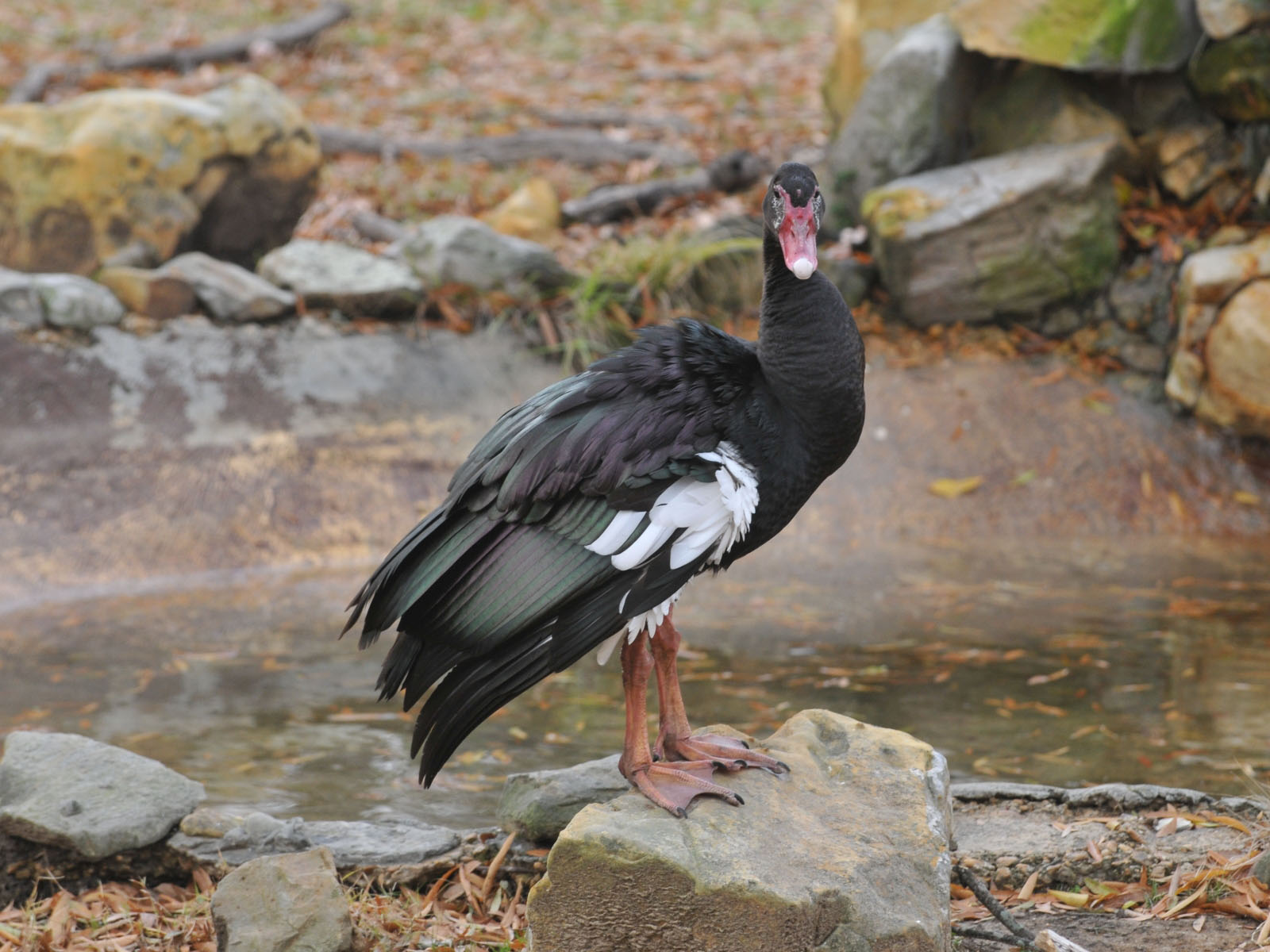
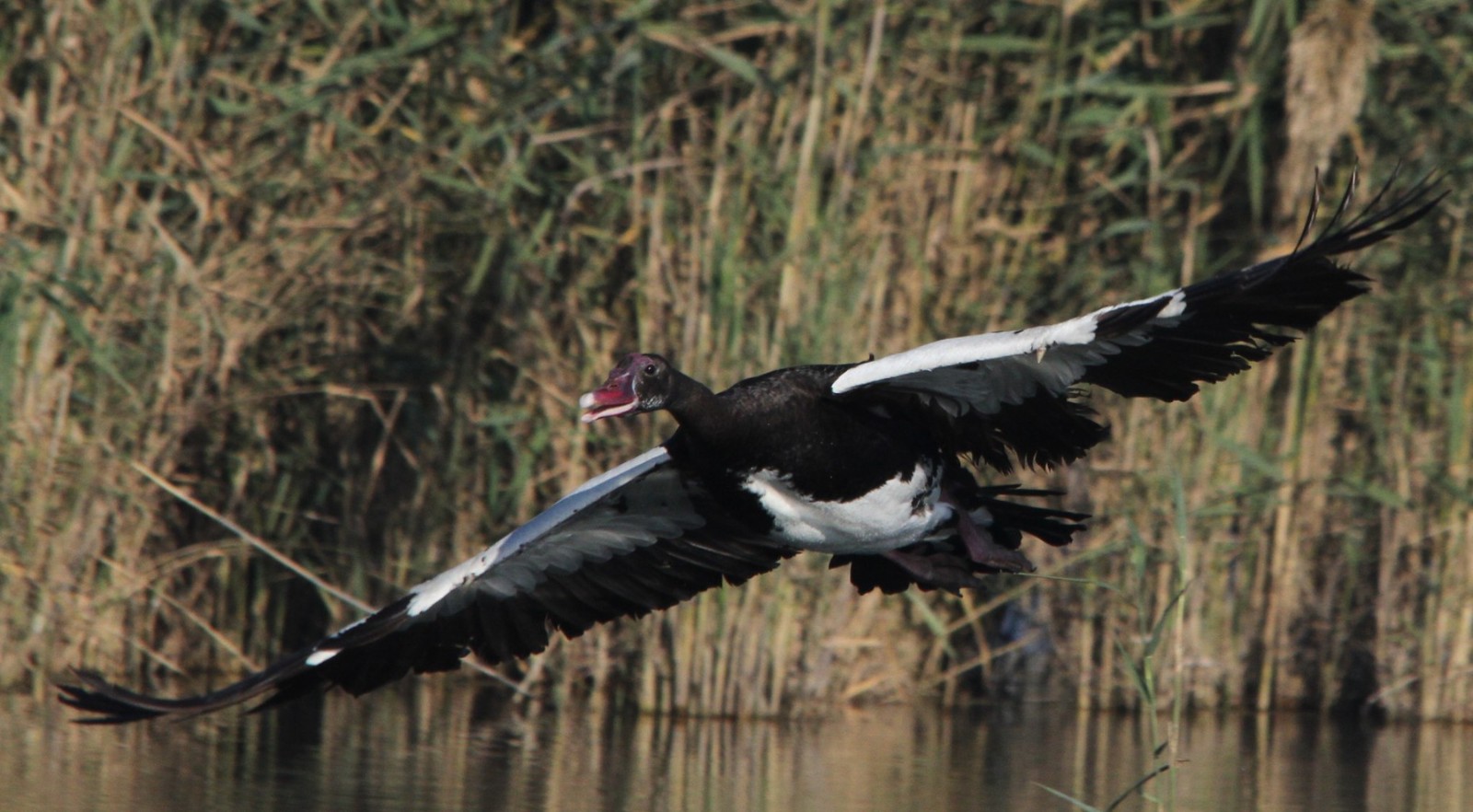
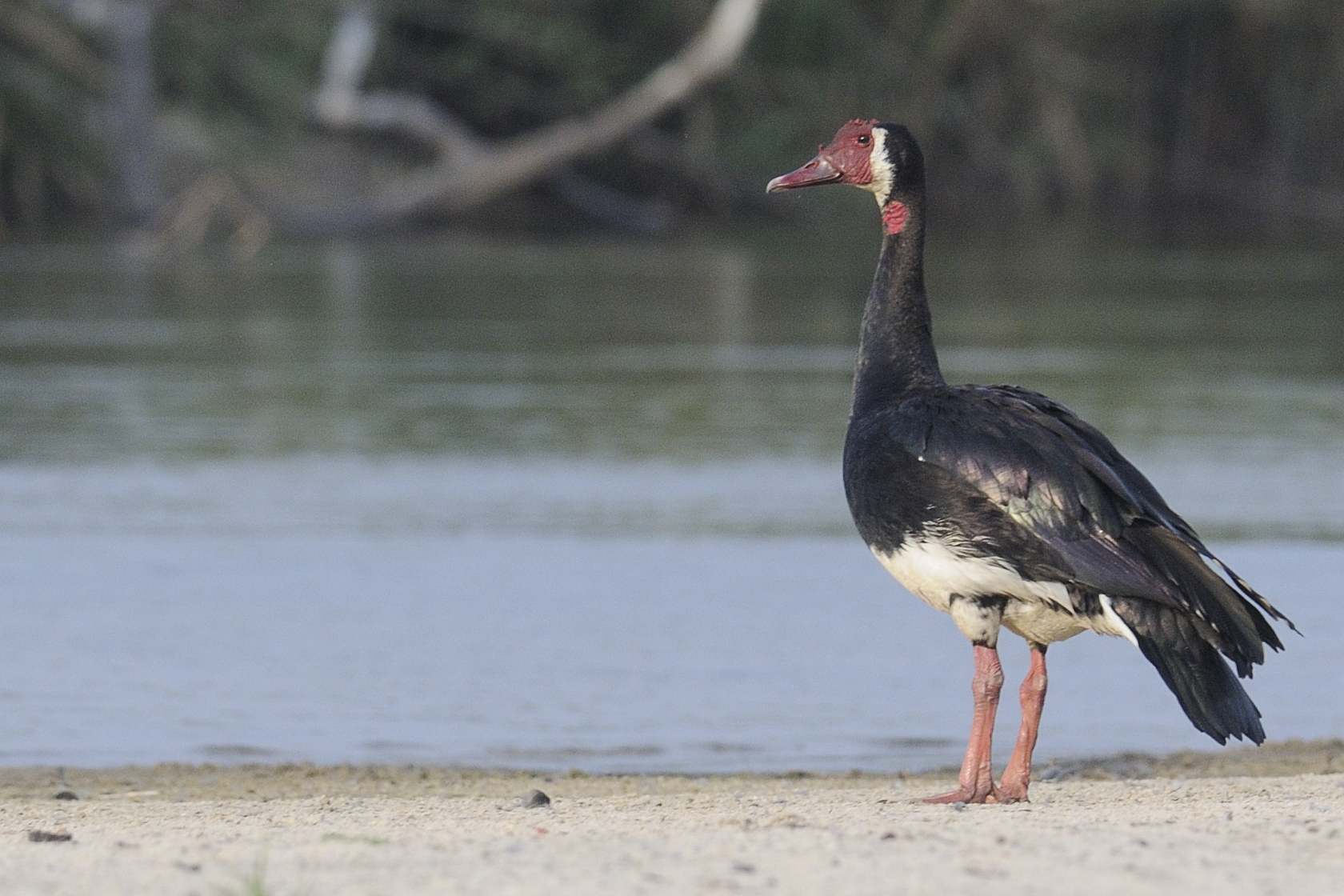

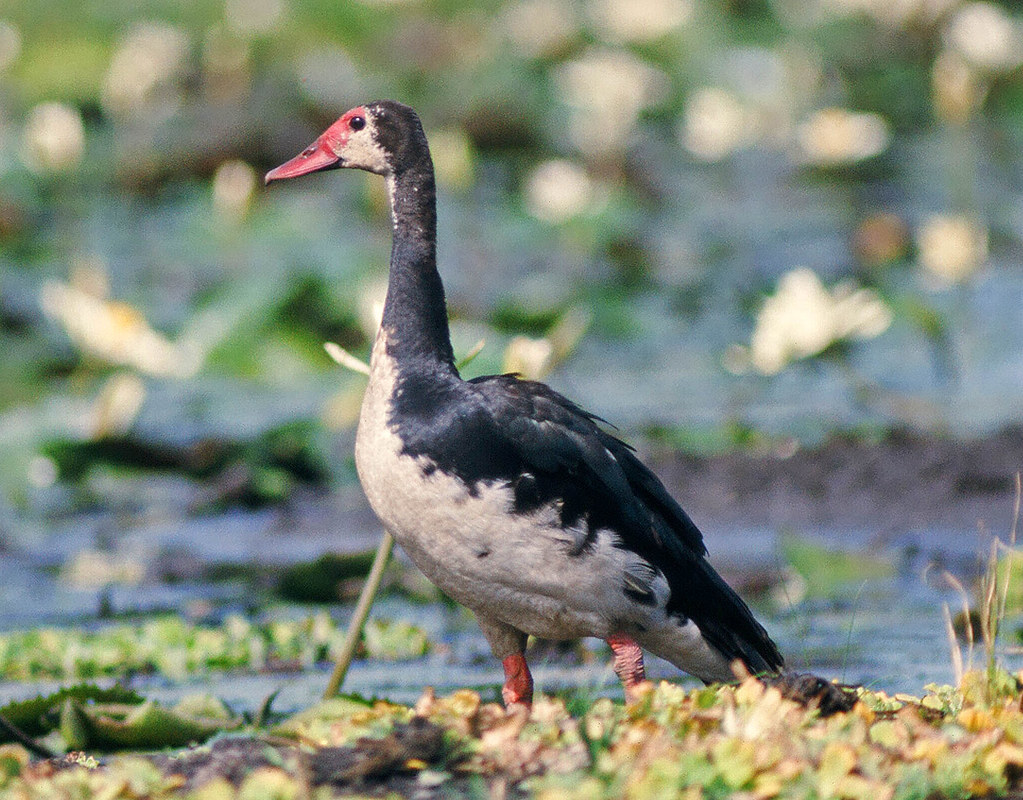
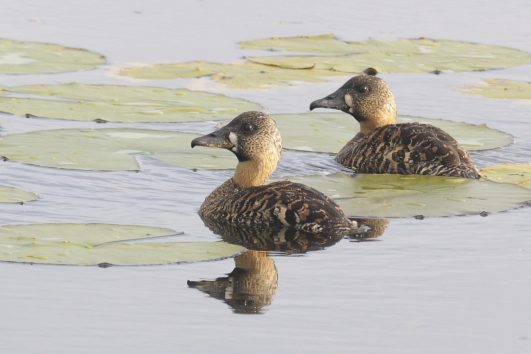
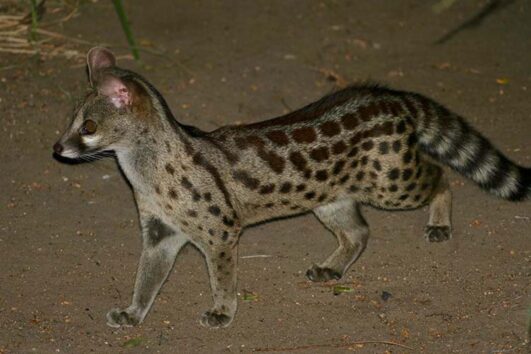
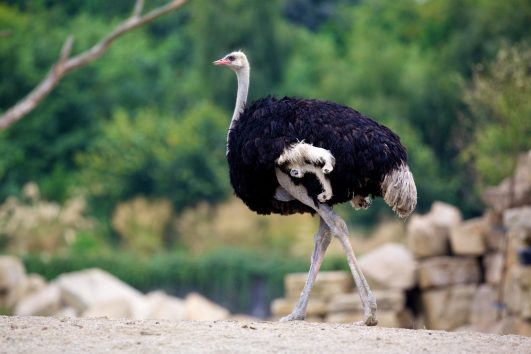
Tour Reviews
There are no reviews yet.
Leave a Review